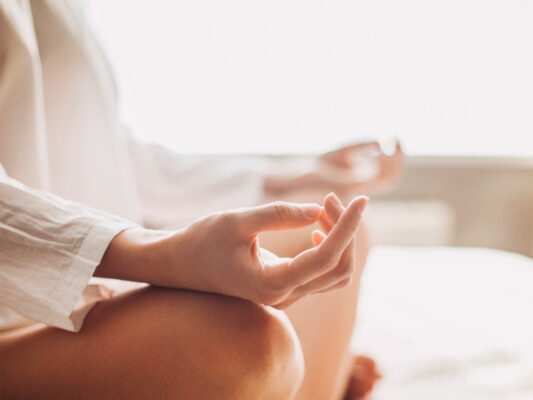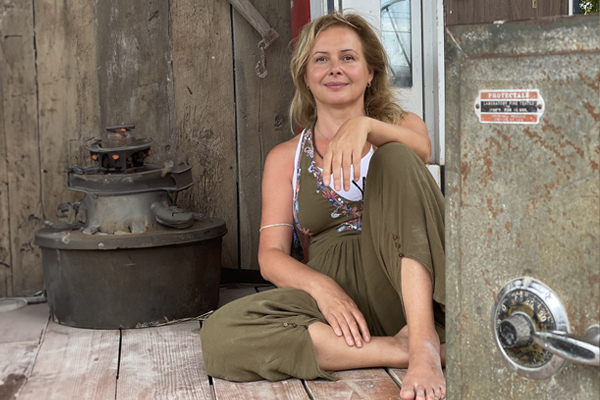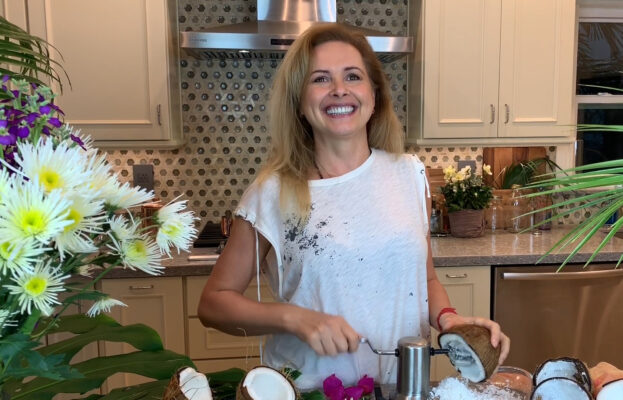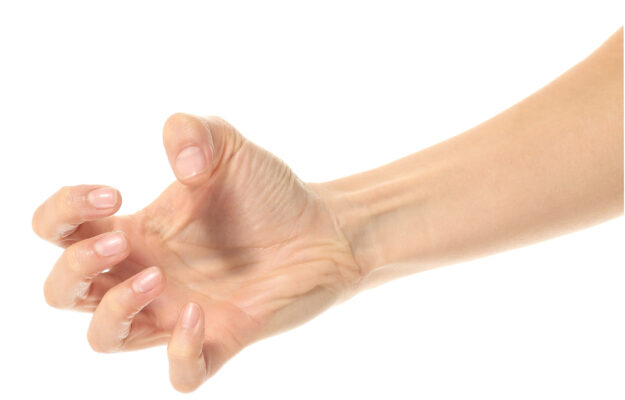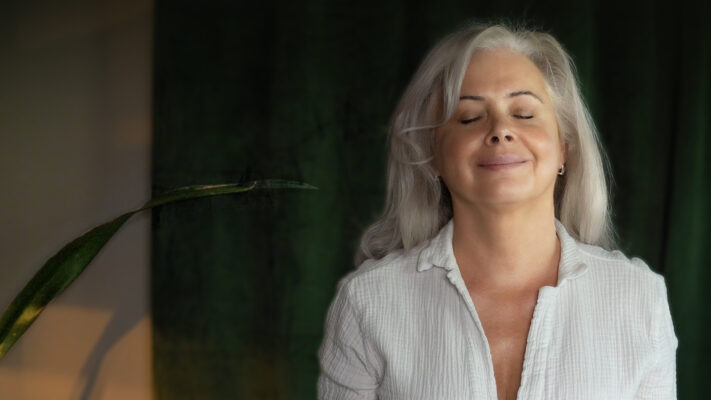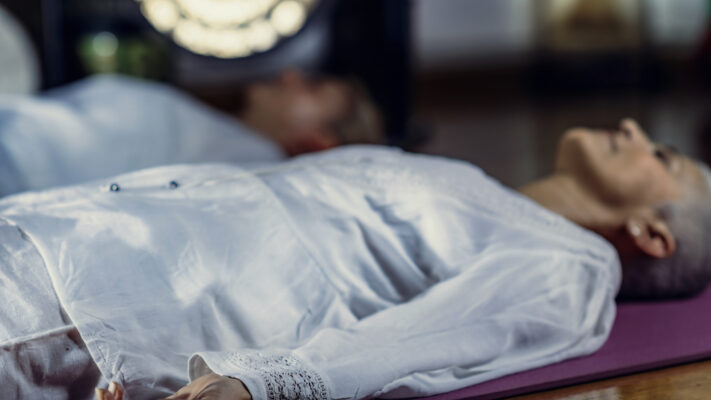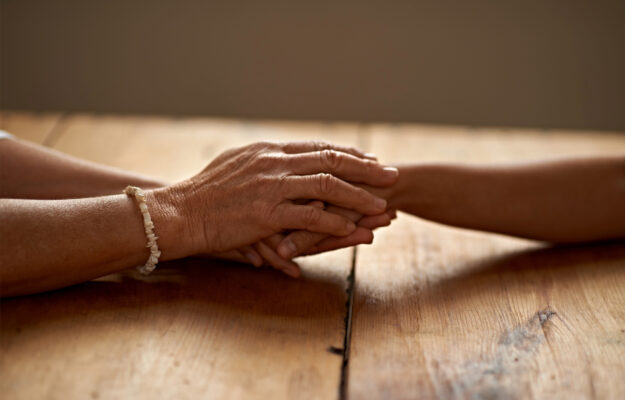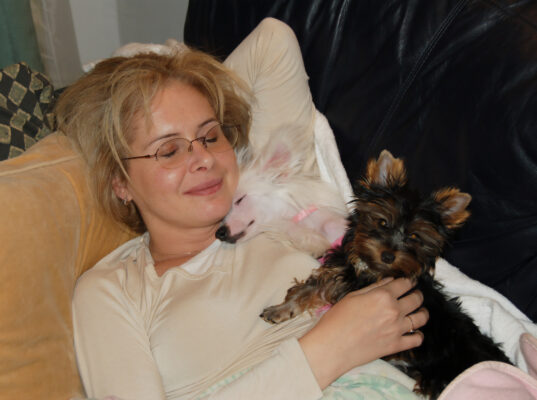In the throes of everyday hustle, stress has a way of making its home within us—often without a formal invitation. It sneaks into the nooks and crannies of our bodies, lodging itself in places like the shoulders (where burdens often feel heaviest), the chest (where anxiety tightens its grip), the stomach (where knots form as if tying together our worries), and the pit of the throat (where unsaid words and stifled breaths reside). Stress doesn’t just visit; it moves in, turning our bodies into storages of tension, making us rigid, both physically and emotionally.
Progressive Muscle Relaxation (PMR) is a practical tool designed not for abstract concepts of tranquility but for the very real, very tangible task of evicting stress from its dwelling places within us. It’s for the mom who carries the weight of her family’s world on her shoulders, the student whose stomach twists into knots before an exam, the worker who feels the squeeze of deadlines in the tightness of their chest, and anyone who’s ever felt the grip of grief or the heaviness of loss.
PMR works under a simple premise: deliberately tense up those areas where stress likes to hang out, then let go. It sounds straightforward, but in practice, it’s profound. By consciously tightening your muscles—say, clenching your fists or scrunching your shoulders—and then releasing, you’re teaching your body a lesson in contrasts. You’re showing it what tension feels like (though it probably already knows), but, more importantly, you’re introducing it to relaxation, something it might have forgotten amid life’s chaos.
PMR practice
Here’s how it works in real life:
For the Shoulder Burden-Bearers: Those who feel like they’re carrying the weight of the world on their shoulders can start by shrugging their shoulders up towards their ears, holding that squeeze, and letting go. It’s like telling your body, “This is what stress feels like, and here’s how we drop it.”
For the Stomach Knot-Tiers: If worry makes your stomach twist into knots, try tensing your abdominal muscles as hard as you can (imagine you’re bracing for a punch) and then release. It’s a signal to your body that it’s okay to unwind, to untie those knots of anxiety.
For the Chest Compressors: Anxiety often feels like a tight band around your chest. Breathing in deeply and holding it tightens this area intentionally. When you let go and exhale, it’s a physical release of that pent-up anxiety, teaching your body to breathe out stress.
For the Throat Constrictors: The feeling of a “lump” in your throat can be overwhelming, especially during times of grief or loss. Swallowing hard, tensing the neck, then releasing can help ease this tension. It’s a way of physically moving through the stuck emotions, allowing them to flow more freely.
The beauty of PMR is in its simplicity and accessibility. It doesn’t ask for special equipment or a serene environment. Whether you’re at your desk, on a crowded train, or lying in bed unable to sleep because your mind is racing, you can practice PMR. It’s about taking moments throughout your day to check in with your body, recognize where stress is hiding, and consciously decide to let it go.
PMR isn’t just about relaxation; it’s about empowerment. It’s a way of reclaiming control over your body’s response to stress. In a world where stressors abound, PMR hands you the keys to your body’s stress-holding rooms and says, “Here, you have the power to unlock these doors.” It’s an invitation to step into a more relaxed version of yourself, one muscle group at a time.
Be Alive 🌱,
❤ Love, Julia
What is Progressive Muscle Relaxation technique (PMR)
Progressive Muscle Relaxation (PMR) is a technique that aims to reduce stress and tension in [...]
GUIDED MEDITATIONS 💗
conversations 💞
DISCLAIMER: The materials and the information contained on the Positive Pranic website are provided for general and educational purposes only and do not constitute any legal, medical, or other professional advice on any subject matter. None of the information on our videos is a substitute for a diagnosis and treatment by your health professional. Always seek the advice of your physician or other qualified health providers prior to starting any new diet or treatment and with any questions you may have regarding a medical condition. If you have or suspect that you have a medical problem, promptly contact your health care provider.





